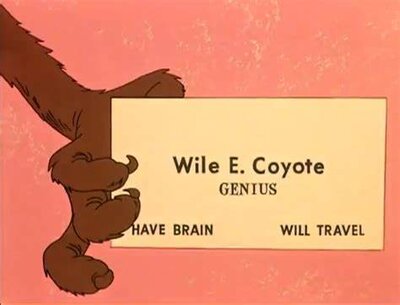- Local time
- 11:38 PM
- Joined
- Apr 13, 2012
- Messages
- 35,561
- Reaction score
- 125,288
- Location
- Granite Bay CA
From inside.


To aid installation, I will certainly cut more along the edges. The rear section can be cut back another 1/4". That will help the shifter stub clear since the next time the trans goes in, I'll be fighting with the hydraulic throughout bearing, clutch disc and pilot bearing.
The right side was where the trans was against the tunnel. I was able to pry with a screwdriver and pry-bar to get the needed clearance.
The left side will need to be cut some more. Not a problem. Look at that strange little nub sticking out. What is the point of that?


The transmission crossmember can be unbolted and the transmission tilted back tomorrow. I'll cut a little more from the left side and the back, then see about fabricating the tunnel patch. I'm going to measure and order the drive shaft too.
To aid installation, I will certainly cut more along the edges. The rear section can be cut back another 1/4". That will help the shifter stub clear since the next time the trans goes in, I'll be fighting with the hydraulic throughout bearing, clutch disc and pilot bearing.
The right side was where the trans was against the tunnel. I was able to pry with a screwdriver and pry-bar to get the needed clearance.
The left side will need to be cut some more. Not a problem. Look at that strange little nub sticking out. What is the point of that?
The transmission crossmember can be unbolted and the transmission tilted back tomorrow. I'll cut a little more from the left side and the back, then see about fabricating the tunnel patch. I'm going to measure and order the drive shaft too.
Last edited:


















